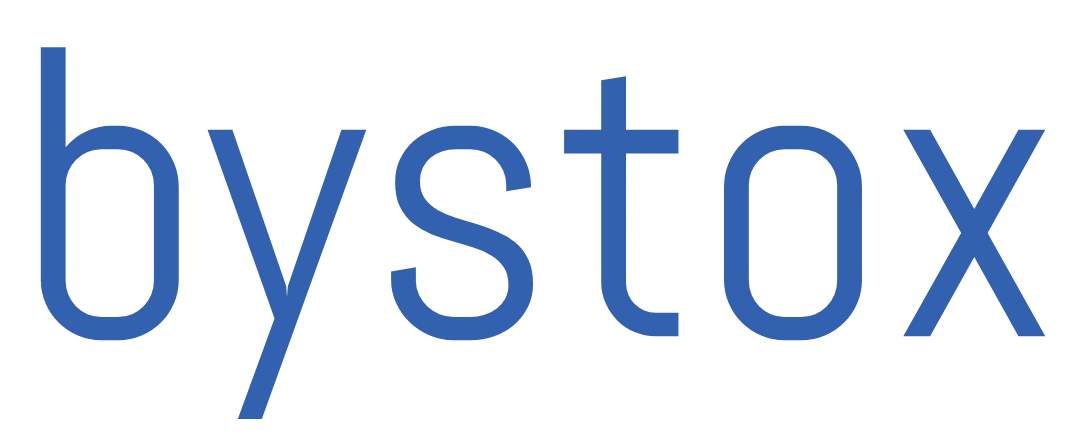On Monday, shares of Zomato experienced a significant downturn, plummeting by 7% to reach a day’s low of Rs 149 on the NSE. This sudden decline was reportedly spurred by media speculation surrounding the impending re-entry of eCommerce giant Flipkart into the Quick Commerce (QC) sector within the next 6-8 weeks.
Zomato, which currently operates its quick commerce services through Blinkit, witnessed a flurry of selling activity following the circulation of these reports. Approximately 2 crore shares exchanged hands on the NSE around noon, amounting to a traded value of Rs 324 crore. The market response underscores the impact of emerging competition in the QC space and its implications for Zomato’s market positioning.
In a strategic move reported by the media, e-commerce giant Flipkart is gearing up to enter the quick commerce sector. The company’s plan involves the establishment of a network of dark stores, strategically positioned in key cities such as Bengaluru, Delhi (NCR), and Hyderabad.
Flipkart aims to roll out rapid 10-15 minute delivery services in at least twelve cities within the next six to eight weeks. This move is expected to intensify competition in the quick delivery space, posing a challenge to existing players such as Blinkit, Zepto, and Swiggy’s Instamart.
Flipkart’s latest foray into the quick commerce sector marks its third attempt, signaling its determination to make a mark in this rapidly evolving space. However, industry experts caution that the success of this venture will hinge on several critical factors.
Key among these factors is the need for Flipkart to identify a strong product-market fit and optimize its technological infrastructure and supply chain to ensure swift turnarounds. While Flipkart has the potential to disrupt the existing quick commerce industry structure, achieving this goal will demand substantial execution efforts.
A report by JM Financial highlights Flipkart’s capacity to reshape the quick commerce landscape but emphasizes the necessity for dedicated execution, an area where Flipkart’s previous endeavors may have fallen short. Notably, the company’s recent focus on cost reduction suggests a potentially less aggressive stance in its approach.
Moreover, the brokerage firm observes that the quick commerce incumbents have already established a solid foundation, indicating a competitive landscape. However, the total addressable market (TAM) for quick commerce remains significant enough to accommodate 3-4 key players, suggesting room for Flipkart to thrive alongside existing competitors.
The anticipated entry of Flipkart into the quick commerce sector is poised to shake up the market dynamics, prompting major e-commerce platforms to reassess their strategies. This trend mirrors the experience of Meesho in the value e-commerce segment, where market shifts led to a flurry of mergers and acquisitions among competitors.
In its report, JM Financial cautioned that Flipkart’s re-entry into quick commerce is unlikely to be an easy endeavor. The brokerage firm underscored the challenges that Flipkart may face in establishing its presence in this competitive space.
Despite the impending competition, JM Financial highlighted Blinkit’s strong market leadership, noting its commanding 46% market share in the quick commerce segment. Additionally, Blinkit boasts a robust balance sheet with a net cash reserve of ₹12,000 as of December 2023, positioning it favorably to withstand challenges compared to its competitors.
JM Financial reiterated its ‘Buy’ recommendation on Blinkit’s stock, emphasizing the company’s resilience among incumbents in the quick commerce sector.
“Redseer Analysis: Quick Commerce (QC) Market Set for Explosive Growth, Deloitte Forecasts $40bn Market Size by CY30
Redseer’s recent analysis reveals that the Total Addressable Market (TAM) for Quick Commerce (excluding non-grocery sectors) hit approximately $45 billion in 2021. Comparatively, the organized food services market accounted for approximately $27 billion during the same period.
Despite its relatively short history, Redseer estimates that the QC market’s size was just around $3 billion as of CY23, lagging behind the online food delivery market, which stood at approximately $6 billion. However, Redseer remains optimistic about QC’s potential, citing under-penetration, rapidly increasing adoption rates, and the expansive TAM.
Deloitte’s forecasts echo this sentiment, projecting a remarkable expansion of the QC market to $40 billion by CY30. This bullish outlook underscores the immense growth opportunities that lie ahead, indicating a promising landscape for players in the QC sector to capitalize on in the coming years.

